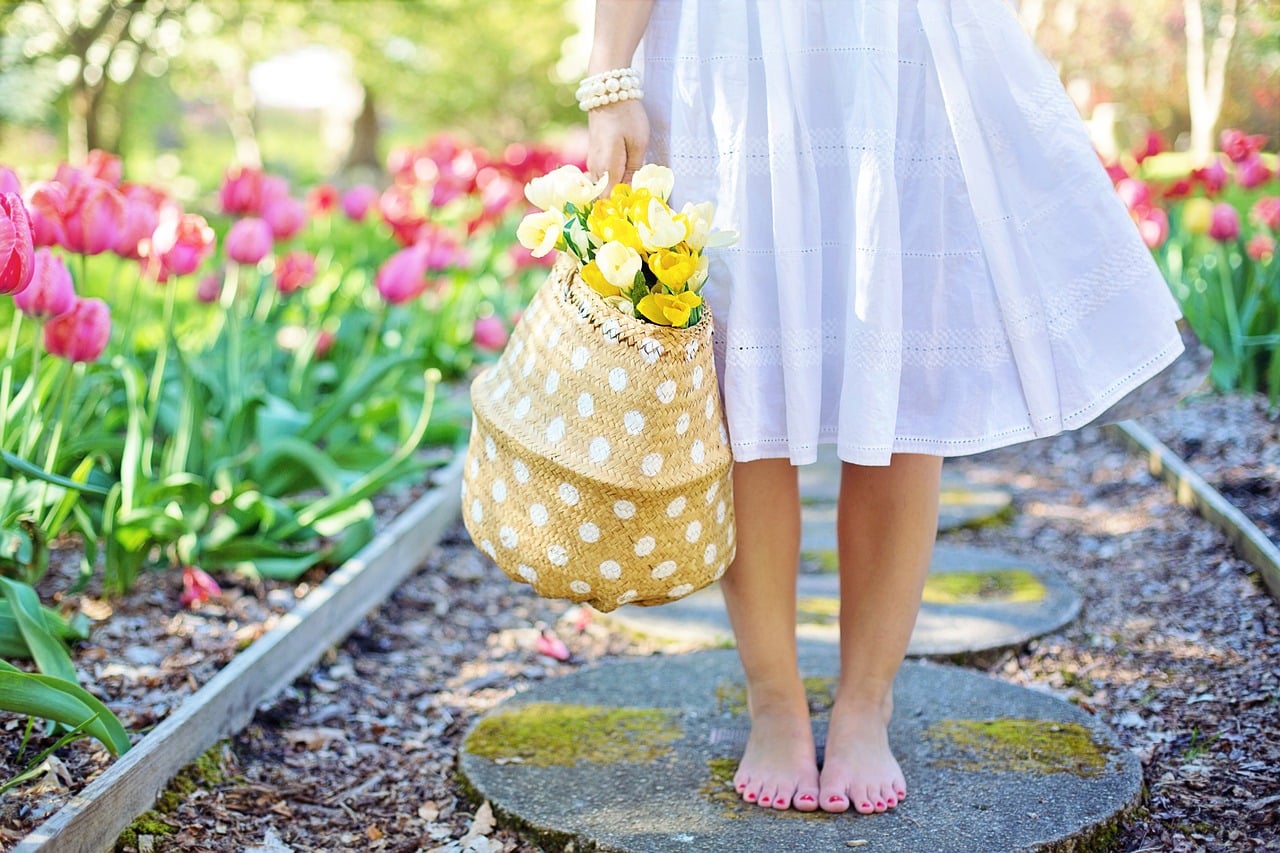How to Maximize the Usability of a Small Rooftop Patio for Urban Gardening?

Urban living, with its sleek high-rise buildings and bustling streets, might seem to be incompatible with the verdant appeal of nature. But the booming interest in rooftop gardens is proving otherwise. Even the tiniest spaces can be transformed into lush retreats, brimming with greenery. Whether you have a spacious terrace or a petite patio, you can create an oasis that not only provides a tranquil escape but also contributes to the sustainability of urban spaces. This guide will walk you through the steps to design an effective and aesthetically pleasing rooftop garden, and also demonstrate how to make the most of every inch of your rooftop patio.
Understanding the Space and Its Potential
Before you can start rolling up your sleeves and getting your hands in the soil, you’ll first need to get a good understanding of your rooftop space. This involves several key factors: evaluating the structural capacity of your rooftop, pinpointing the sunny and shady areas, gauging the wind and water conditions, and also considering the accessibility and visibility of the space.
A lire également : How Can You Design a Minimalist Living Room That is Functional for Large Families?
Structural integrity is critical before you start planning for a rooftop garden. It’s recommended that you consult with a structural engineer to confirm that the roof can handle the extra weight of soil, plants, furniture, and people.
Sunlight is indispensable for plant growth, so it’s important to observe the pattern of sunlight across your rooftop patio. Watch the sun’s route over several days and keep track of the areas that receive the most sunlight and those that remain in shadow.
Sujet a lire : What’s the Best Way to Utilize Underfloor Heating in a Home with Hardwood Floors?
Wind and water conditions are other crucial elements to consider. Rooftops, being open spaces, can be quite windy and may have different water drainage patterns compared to ground-level gardens.
Finally, your rooftop patio’s design should also take into account its accessibility and visibility from the rest of the building. Ideally, the garden should be easily accessible from your living quarters and also offer a pleasing view.
Selecting the Right Materials and Plants
Choosing the right materials and plants can make a significant difference to the success of your rooftop garden. From the decking materials to the containers and plants, every element should be chosen with care.
For the flooring of your rooftop patio, consider materials that are durable, weather-resistant, and lightweight. Wood, composite decking, and lightweight pavers are popular choices.
As for the plant containers, opt for lightweight materials that can withstand outdoor conditions. Plastic, fiberglass, and foam-based containers are good options. Remember, larger containers will hold more soil and, in turn, retain more moisture, which is beneficial for plant growth.
Choosing the right plants for your rooftop garden requires careful consideration of the roof’s exposure to sunlight, wind, and precipitation. Succulents and hardy perennials that can endure full sunlight and windy conditions are good choices for sunny spots. For shadier areas, ferns and foliage plants are a good fit.
Designing the Space
The design of your rooftop garden should be both functional and aesthetically pleasing. A well-planned layout can effectively utilize every bit of space, create a sense of harmony, and serve as an extension of your living space.
Start with a simple sketch of your rooftop patio, marking the sunny and shady areas, the access points, and any existing structures or fixtures. This will serve as your blueprint for planning the garden layout.
Consider incorporating various ‘rooms’ or zones within your rooftop garden. For instance, a seating area for relaxation, a space for growing vegetables or herbs, and perhaps a small water feature for added tranquility.
Vertical gardening is an effective way to maximize the usability of the space. You can use trellises, plant walls, and hanging baskets to cultivate a wide variety of plants without taking up much floor space.
Your rooftop garden should also feature comfortable seating and dining areas. Whether it’s an outdoor sofa, a hammock, or a dining set, choose furniture that’s weather-resistant and suitable for the size of your patio.
Watering and Maintenance
A successful rooftop garden requires regular care and attention. This includes watering, fertilizing, pruning, and protecting the plants from pests and diseases.
Consistent watering is crucial for rooftop gardens, as they can dry out faster than ground-level gardens due to exposure to wind and sun. The frequency of watering will depend on the types of plants, the size of the containers, and the weather conditions.
Regular feeding with a suitable plant fertilizer will ensure your plants remain healthy and vibrant.
Finally, keep an eye out for any signs of pests or diseases, and address any issues promptly to prevent them from spreading.
Building a Community Around Rooftop Gardening
Rooftop gardening is not just about creating a green retreat for yourself. It’s also a wonderful opportunity to foster a sense of community and promote sustainability in urban settings.
Consider organizing regular meetups or workshops around gardening topics. Inviting neighbors and friends to participate in these activities can help spread the love for gardening and also offer a platform to exchange tips and experiences.
Additionally, a rooftop garden can contribute to the sustainability of urban environments. It can help reduce the urban heat island effect, improve air quality, and provide habitat for local wildlife. You can further enhance these benefits by using organic gardening practices and choosing native plant species.
In conclusion, transforming a rooftop patio into a thriving garden requires careful planning and regular maintenance. But the rewards – a beautiful green space, improved sustainability, and a stronger community – make it a worthwhile endeavor. Remember to consider the unique conditions of your rooftop, choose suitable materials and plants, design a functional and pleasing layout, and provide regular care for your garden. With these steps, you’re well on your way to creating an urban oasis that’s truly your own.
Enhancing Your Rooftop Garden with Lighting and Decor
Your rooftop garden is not only a place to grow plants, but also an outdoor living space that can be enjoyed day and night. The right lighting and decor can greatly enhance the aesthetic appeal, functionality, and overall experience of your rooftop patio.
Lighting is a key element that can transform your garden from a daytime retreat to a night-time haven. Solar powered lights are an eco-friendly option that can provide ambient lighting without the need for wiring. Install pathway lights for safe navigation, spotlights to highlight special plants or garden features, and fairy lights or lanterns to create a cozy atmosphere.
Decor adds personality and finishing touches to your garden. Choose items that complement the overall style of your garden and can withstand outdoor conditions. Garden art, bird feeders, water features, and wind chimes are popular choices. For a touch of color, consider using outdoor pillows and rugs in your seating area.
Remember, less is more when it comes to decor. Too many items can make your small space feel cluttered. Stick to a few key pieces that align with the style and vibe of your garden.
Making Your Rooftop Garden Eco-Friendly
While rooftop gardens are inherently eco-friendly by providing green spaces in urban environments, there are additional steps you can take to make your rooftop garden even more sustainable.
Composting is a great way to reduce waste and create nutrient-rich soil for your plants. You can compost plant trimmings, leaves, fruit and vegetable scraps, and even coffee grounds.
Water conservation is another aspect to consider. Collect rainwater in barrels or buckets to water your plants. Properly mulching your plants can also help retain moisture and reduce evaporation.
Choosing native plants for your garden not only adds local flavor but also supports local wildlife. These plants are adapted to local weather conditions and can thrive with less care and water.
Solar powered features, such as lights and water features, are a great way to leverage the ample sunlight that rooftop gardens receive.
By incorporating these practices, you can enhance the eco-friendliness of your rooftop garden and contribute further to sustainability.
Conclusion
Rooftop gardens offer an incredible opportunity to enjoy nature, create green spaces, and contribute to sustainability, even in the heart of the city. By understanding the unique conditions of your rooftop, choosing the right materials and plants, designing a functional and aesthetically appealing space, and providing regular care, you can create a rooftop garden that thrives and delights.
Remember, your rooftop garden is more than just a place to grow plants; it’s an extension of your living space, a sanctuary for local wildlife, and a symbol of your commitment to eco-friendly living. So, roll up your sleeves, let your creativity bloom, and start transforming your rooftop patio into a verdant oasis today.
